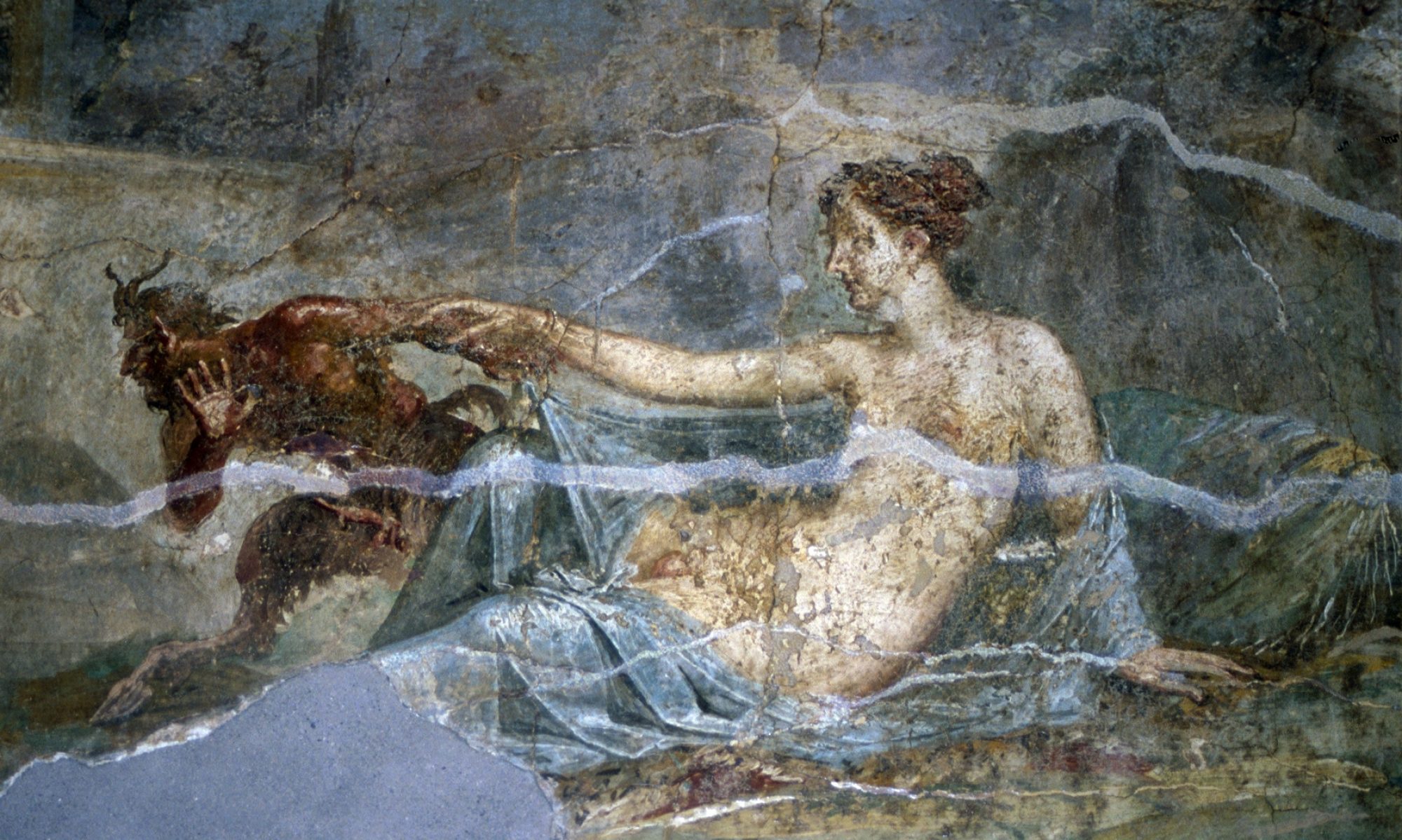
OR, Is the Female Body Knowable?!
This unit is about how the female body was understood and rationalized primarily by male writers in the ancient Greek world. These writers have had a massive influence on medical thinking in Roman and later European traditions.
Many of their beliefs were assumed to be accurate until Anarcha, Lucy, and Betsey, as well as other unnamed black women in the US, enduring nearly unending torture at the hands of their enslaver and thus gave birth to modern gynecology. Anarcha and this history has been given later ‘voice’ in a powerful book of poetry by Maya Phillips.
Much of the concern about women’s bodies in the ancient world was the ability to control reproduction as best served the desired of male heads of house or enslavers.
However, ever generally speaking we need to remember that much of health and disease were traditionally matters of religion and religion is never to far away from these ‘scientific endeavors’.
Hippocrates–the same as the whom our modern version of the Hippocratic Oath is named–is often given legendary status and the school of medicine in which the corpus of writing attributed to his name was located in a religious sanctuary on the island of Cos.

From the view point of the individual seeking healing there was little separation of religious practices and and scientific medicine. Individuals often traveled to healing sanctuaries and made offerings to the gods to ask for help with a specific problem or give thanks that an earlier prayer was answered. The offerings often took the form of anatomical votives.
Compare these votive uteri (pl. of uterus) to a common modern representations. In antiquity, the function of ovaries and fallopian tubes was not understood.




This above modern representation will probably be familiar to many of you from health or science classes. However if you dig deeper in to medical literature AND birthing education tools we are reminded that the uterus is a muscular organ made up of smooth muscle tissue that experiences waves of contractions (very similar to the lower intestine!). The clay uteri of antiquity emphasize this function in their representation.





Interested in more ancient/modern comparisons of obstetrics? This is a great read.
Secondary Literature
This reading is by a wonderful expert on ancient Medicine. I would recommend following her on twitter or reading the rest of her books if this subject interests you–her latest has been published open access and addresses Hippocrates in our modern age.
The full e-book of which we are reading the first chapter is available through the BC library:
One of the reasons I selected this chapter is because of its extensive use of the Pandora myth. What other connections can you make between this reading and our earlier units?
Primary Evidence
This a selection of ancient texts collected in a sourcebook. As you move from source to source be sure to key your eyes on dates and places to which the source is relevant!

